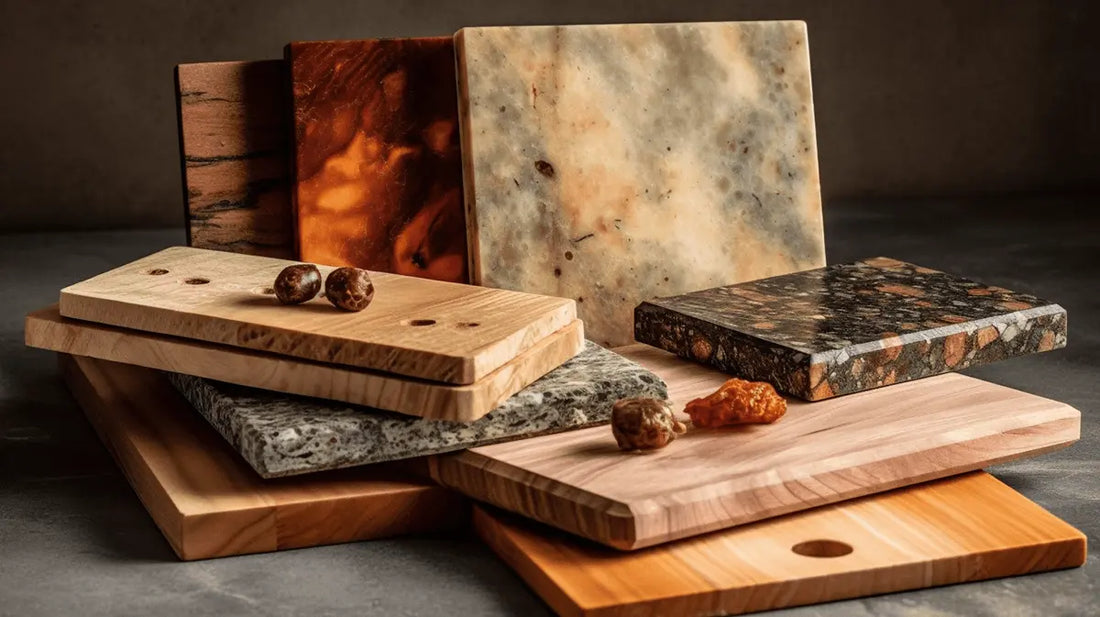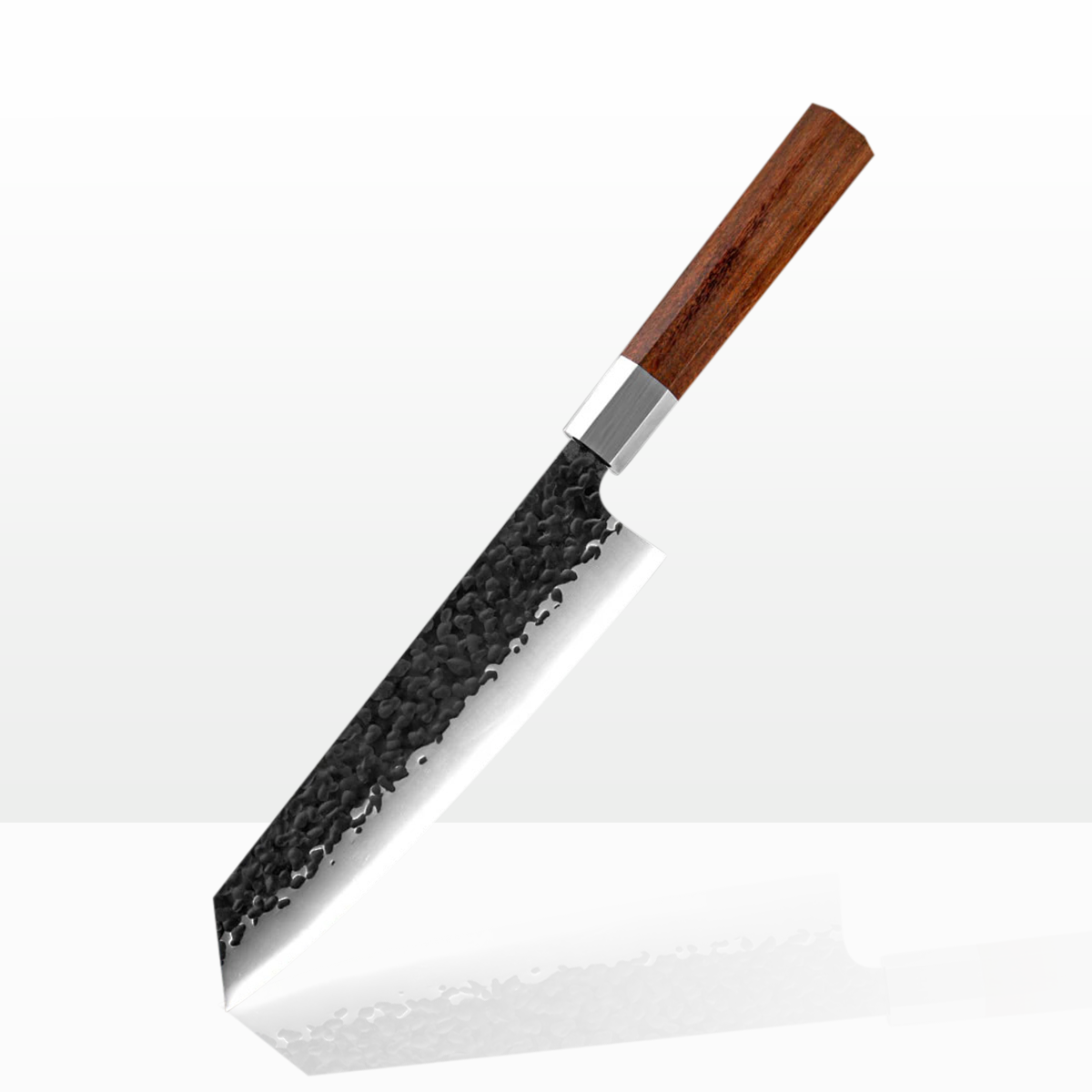
WHICH CUTTING BOARDS ARE THE MOST HYGIENIC?
Share

Hygiene is the name of the game in the kitchen. One of the places where bacteria and germs can play a role is the cutting board. But which cutting boards are the most hygienic? Wood, plastic, glass, or a completely different material?
In this article, we'll go over the different types of cutting boards and look at their advantages and disadvantages in terms of hygiene.

WOODEN CUTTING BOARDS
Wooden cutting boards have been an essential part of many kitchens for a long time. They impress with their natural aesthetics and sustainability. But what about hygiene?
The hygiene of wooden boards
For a long time, wooden cutting boards were considered less hygienic, but studies and experience have shown that they are by no means unhygienic. Wood as a material contains natural tannic acids that have antibacterial properties and thus help in killing germs. Especially robust types of wood such as acacia, bamboo, pine, oak, olive, walnut, or teak are durable and hygienic.
Cleaning and care of the cutting board
A wooden cutting board requires slightly different care than plastic or glass boards. Cleaning with warm water, dish soap, and a sponge is effective and helps keep the board clean and hygienic. However, the board should not be cleaned in the dishwasher, as this can damage the material.
Advantages of wooden boards
- Sustainable and natural material
- Antibacterial properties due to natural tannic acids
- Durable with proper care
- Protects knife blades
- Can be sanded and refinished
- Heat resistant
Disadvantages of wooden boards
- Can take discoloration from food
- Can absorb odors and flavors
- High maintenance: not dishwasher safe and must be dried thoroughly after cleaning
- Can become unsanitary if poorly cared for
- Knives can leave nicks

PLASTIC CUTTING BOARDS
Plastic cutting boards are another popular choice in many kitchens. They are easy to clean and very durable. But are they also hygienic?
The hygiene of plastic boards
Plastic cutting boards are easier to clean than wooden boards because of their smooth surface. This can help make them more hygienic. However, knife cuts can cause grooves and nicks on the surface of the board where bacteria can accumulate.
Cleaning and care for a plastic cutting board
Plastic boards can be easily cleaned in the dishwasher. It is important to check them regularly and replace them in case of severe nicks and cracks where bacteria can accumulate.
Advantages of plastic boards
- Easy to clean, even in the dishwasher
- Durable and robust
- No absorption of odors or flavors
- Inexpensive
Disadvantages of plastic boards
- May have grooves and nicks from knife cuts where bacteria can accumulate
- Not as aesthetically pleasing as wood or glass boards
- Not Sustainable

GLASS AND STONE CUTTING BOARDS
Glass or stone cutting boards are often popular for their aesthetics and durability, but what about their hygiene? In general, however, it is not recommended to use this type of cutting board, because they quickly damage the knives.
The hygiene of glass and stone boards.
Glass and stone have no pores in which bacteria can accumulate, making them a hygienic choice. However, they can dull the blades of your knives faster than wood or plastic.
Cleaning and maintenance
Glass and stone boards can be easily cleaned with warm water and soap and are also dishwasher safe. However, they are more fragile and can be damaged if dropped or hit hard.
Advantages of glass and stone boards
- Very hygienic, because they have no pores for bacteria
- Easy to clean and dishwasher safe
- Durable if they are well cared for
Disadvantages of glass and stone boards
- Can dull knife blades more quickly
- More fragile than wood or plastic
- Not as heat resistant as wood
CONCLUSION: WHICH CUTTING BOARDS ARE THE MOST HYGIENIC?
There is no clear "most hygienic" among cutting boards, as it ultimately depends on the care and use of the board. Wood has antibacterial properties and is sustainable, but can be more costly to maintain. Plastic is easy to clean and sturdy, but can promote bacteria buildup if poorly cared for. Glass and stone are hygienic and easy to clean, but can dull knife blades more quickly and are more susceptible to damage.

